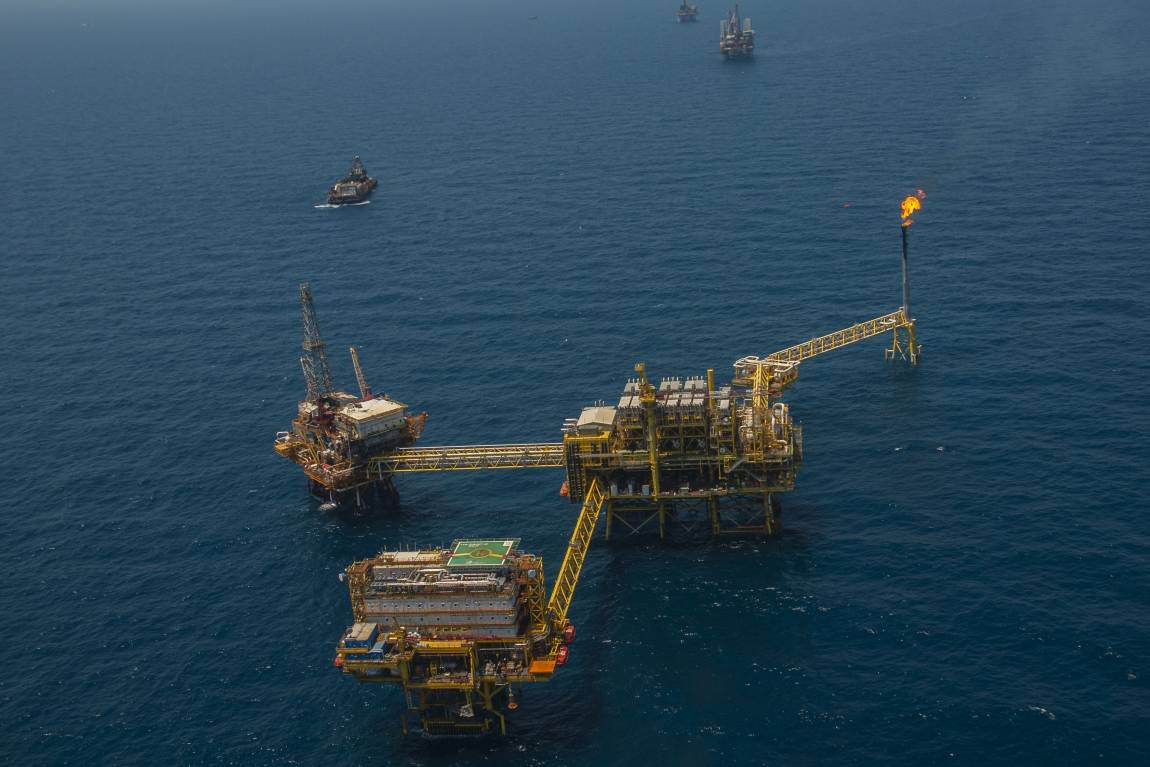Gas flaring – the combustion of unwanted natural gas produced during oil recovery – is causing many oil-producing countries to lose up to $82 billion a year, priced at record spot prices in Europe in August 2021, according to GlobalData.
The analytics company said even though technological solutions exist to avoid gas flaring, many countries persist with the activity – including developed countries such as the US and Russia. Besides lost revenue, this is also an environmental issue, as gas flaring is one of the major contributors to CO2 emissions.
According to GlobalData’s report, ‘Gas Flaring – Thematic Research’, countries could make up to $82 billion, if they utilized this gas instead of flaring it.
“It would do many countries, especially in Europe and Asia where natural gas prices are setting all-time records, a lot of good if oil and gas operators found the strategy to sell this gas rather than lose it – not only for the money but for meeting their CO2 targets too,” said Anna Belova, Senior Oil and Gas Analyst at GlobalData.
Some of the biggest gas flarers, accounting for over 87% of all flared gas in 2020, were Algeria, Angola, Indonesia, Iran, Iraq, Libya, Nigeria, Malaysia, Mexico, Russia, the US and Venezuela.
“The top 12 gas-flaring countries flared almost 13 billion cubic feet of gas per day (bcfd). To put that into context, that amount of gas could easily keep the whole of Japan well supplied for a year. All of that power has simply gone to waste,” Belova said.
Many countries flare gas because of lack of access to these markets, combined with the small volumes of gas produced at individual oil sites. The situation is further complicated by low domestic gas prices in most of the top flaring countries. The value of flared gas, when priced at domestic prices in Russia or the US for example, is often less than a quarter of what the gas could command on Europe or Asia markets.
“Reducing global gas flaring will require a multi-prong approach due to unique regional drivers that prioritize flaring over monetization of gas. Small-scale modular technologies, aimed at converting gas into liquids or chemicals, represent a logical choice for remote and distributed flaring sites,” Belova stated.
She said alternatively, multiple sites by different operators can be combined with large-scale midstream and downstream components – provided enough flaring density. This approach was pioneered by Saudi Aramco and has now been applied in Texas, with LNG-based monetization of gas, and Russia, with natural gas used as feedstock for petrochemicals.
“Given that technological solutions exist at multiple scales, regulatory and investor pressures are needed to drive investments, supported by voluntary environmental, social and governance (ESG) commitments by operators to end routine flaring of gas globally,” she said.
In Guyana, where oil production started in December 2019, the government has a policy of no routine flaring. ExxonMobil, operator of the Stabroek Block where the oil is being produced, had experienced challenges with the gas compressor system on the Liza Destiny Floating, Production, Storage, and Offloading (FPSO) vessel resulting in flaring above pilot levels over several months. The company has since been able to reduce this considerably saying in July that it was injecting and consuming approximately 96% of the produced gas after the flash gas compressor system was repaired and reinstalled.
Additionally, a major US$900 million project is being implemented by the government that will see around 50 million standard cubic feet of gas per day being piped from the Liza Phase 1 and 2 FPSOs to an onshore natural gas liquids (NGL) and natural gas processing plant (NGL Plant).
The project will provide 250MW of power to the national grid and is expected to cut the cost of electricity in the South American country by 50 percent.




